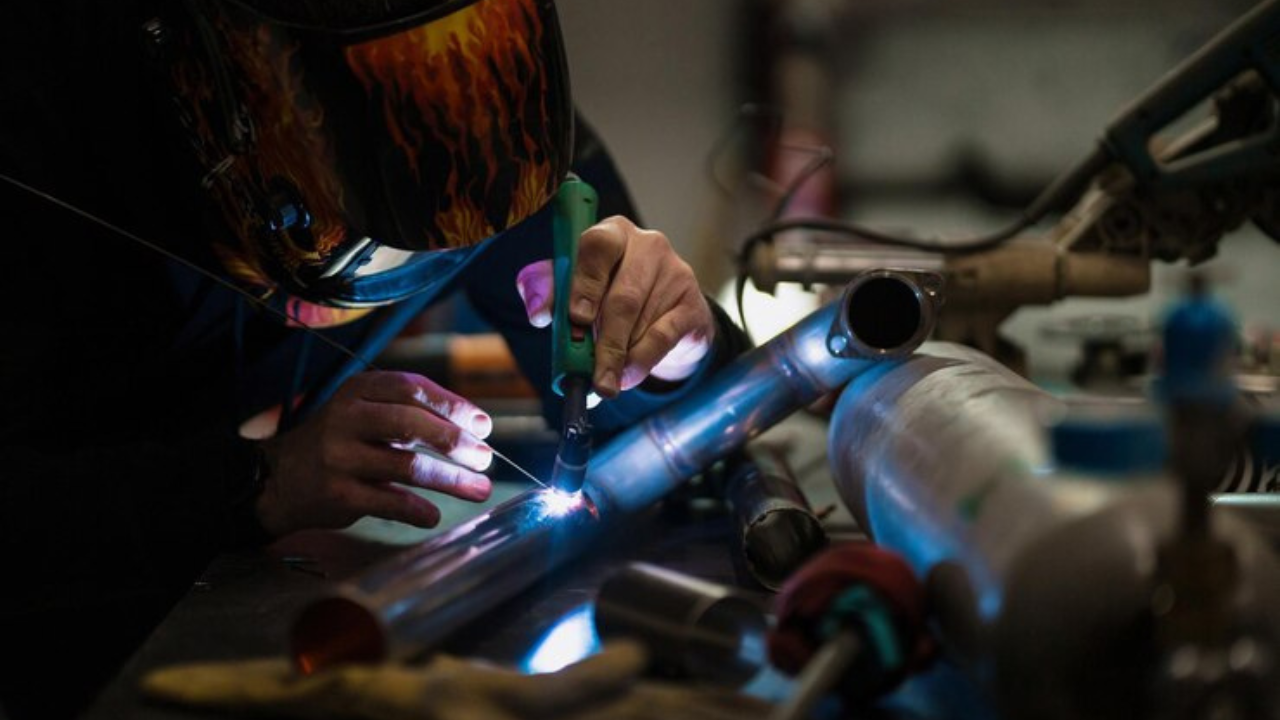TIG welding, or Gas Tungsten Arc Welding (GTAW), is a testament to the seamless fusion of art and engineering. This technique is revered across various industries for its ability to deliver intricate, high-quality welds with a clean finish. The process demands a meticulous approach, blending skill and sophisticated equipment to achieve its hallmark precision.
TIG welding has become the preferred technique in a world where accuracy and dependability are critical for creating strong yet delicate metal junctions. Intense heat is produced during the procedure by making an arc between the workpiece and a tungsten electrode. The result is a consistent, aesthetically pleasing weld ideal for projects where detail and quality are non-negotiable. Prominent industry players like CK Worldwide contribute to the field by providing state-of-the-art equipment and insightful resources that help refine welding practices and enhance accuracy.
Introduction to TIG Welding
TIG welding distinguishes itself by offering unparalleled precision due to the tungsten electrode it employs, allowing welders to have better control over the arc. Developed initially during World War II to meet the demanding needs of fabricating aircraft from magnesium and aluminum, TIG welding has evolved significantly. This evolution has made it an indispensable tool across various sectors that demand robustness and fine detail in metal joints.
Essential Skills for TIG Welding
Becoming proficient in TIG welding requires a distinct skill set. It takes a steady touch, attention to detail, and a thorough grasp of metallic characteristics. Aspiring welders can enroll in specialized training programs and pursue certifications catering to novices and seasoned professionals seeking to update their expertise. Dedicated practice remains crucial to mastering the precision required for TIG welding, and it helps develop the finesse needed to execute complex welds.
Scientific Principles Behind TIG Welding
TIG welding’s accuracy stems from its scientific approach. The electric arc between the workpiece and a non-consumable tungsten electrode can melt metals. Shielding gases like argon and helium are critical in safeguarding the weld area from potential oxidation, ensuring the weld’s quality remains intact. The material properties also heavily influence the welding process, requiring welders to adjust the techniques based on the type of metal being welded.
Choosing the Right Equipment
Choosing the appropriate TIG welding equipment is pivotal to the success of any welding project. Factors like the machine’s power capacity, duty cycle, and overall robustness must be considered against the backdrop of project size and frequency of use. Budget constraints also play a part, but investing in quality equipment can yield long-term benefits in terms of performance and reliability. Regular maintenance of the equipment extends its lifespan and ensures consistent operational efficiency.
Advanced Techniques in TIG Welding
Diving deeper into TIG welding unveils many advanced techniques designed to enhance performance. Pulse welding stands out due to its ability to control the heat input more effectively, which helps minimize distortion and allows greater control over the weld pool. Furthermore, welding challenging materials, such as titanium and aluminum, demands specific settings and techniques that skilled welders can execute flawlessly.
Technological Innovations in Welding
As the welding industry progresses, technological innovations are continuously reshaping its landscape. Modern TIG machines now have digital interfaces that streamline the parameter-setting process, offering precise control over every aspect of the welding operation. Software solutions are emerging as invaluable tools in welding management, providing comprehensive tracking and optimization capabilities for improved project outcomes.











